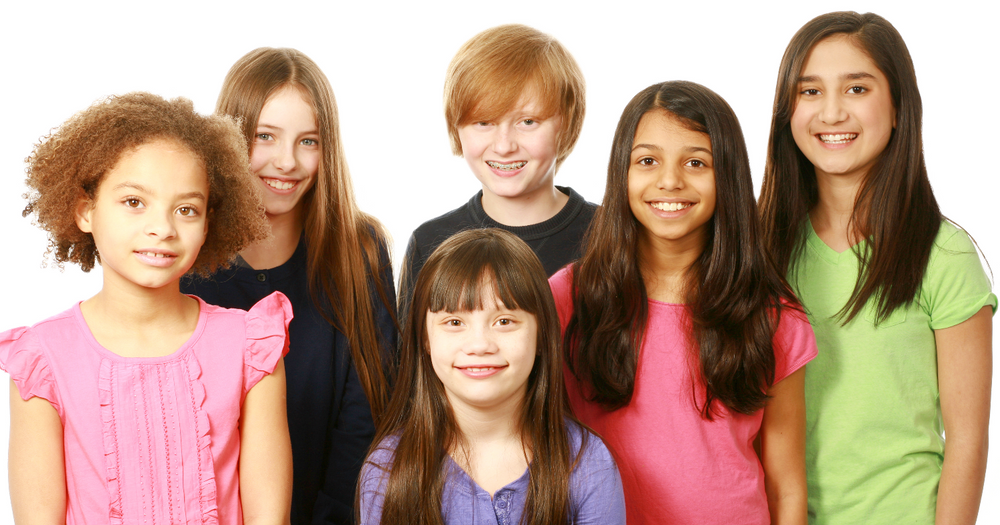
Montessori described six year Planes of Development, 0-6, 6-12, and 12-18, each marked by three year delineations that helped to better understand the primary focus of the child's development at each stage. Those planes inform how we group children in Montessori. So, while traditional elementary school is broken into five or seven grades (K-4 or K-6) Montessori elementary is divided between Lower Elementary (6-9 years old) and Upper Elementary (9-12 years old.)
Children throughout this plane, across all six years, have some qualities in common. Montessori described this stage as marked by the "Elaboration of the Mind and Personality." Children in this window move rapidly from the concrete mind to abstract thinking, establishing their ability to reason and logic through problems. The social world becomes a pressing concern, with issues of fairness and justice taking precedent over other influencers in their lives.
The first three years in this plane are described as the "period of construction," when the child is increasingly interested in understanding the causes of the phenomena they see around them. They begin to develop a strong moral sense and demonstrate an interest in culture and social constructs. Lower Elementary classrooms meet these needs by introducing expansive opportunities for reading and writing, extended projects and more engaged group activities.
The second three years, served by Upper Elementary, are described as the "period of consolidation," when the child is integrating the lessons of the first three years. The chaos and messiness of Lower Elementary often gives way to a more demonstrable order, external and internal. The socially challenging behaviors of the Lower Elementary child give way to a more mature serenity.
Children are likely ready to move between these two classrooms when they begin to demonstrate more concern with weaving together the lessons they've learned. Upper Elementary children tend to demonstrate more focus, more calm and more predictability in the influence of their peers. They can work through conflicts using logic and reason and they are able to adopt the perspective of a peer to be able to find resolution. If you think of the Lower Elementary as a kind of moving social kaleidoscope, with groups constantly forming and reforming around interests, causes and affinities, Upper Elementary is like the fixed Stained Glass window of any of those configurations.
Remember: your child in this plane of development can (and should!) contribute to these conversations. While earlier, you and your child's teacher may collaborated to determine how and when your child would move between classes, children moving from Lower Elementary to Upper Elementary not only can contribute to the strategy: they deserve to. Their drive toward agency and their emerging maturity and self-reflective abilities can combine, if you allow them to, to offer insights into what they need most from their learning setting. Collaborate with this wider group of stakeholders, but don't rush it: even in Elementary, children benefit most when they are able to enjoy the full three year cycle in any classroom. Some children will thrive as the expert in a group of active, high energy peers who can move across diverse and abundant topics, learning a little bit about a lot of things . Some children may thrive as the novice in a quieter, more focused group of peers who delve more deeply into the topics and causes that matter to each of them individually. Trust that the nature of the academic curriculum is flexible enough to be modified to match your child in either setting and decide, instead, in collaboration with teachers, caregivers and your child, which environment provides the most aligned social space in which your child can thrive.
#SecondPlane #Elementary #ForParents #Theory
